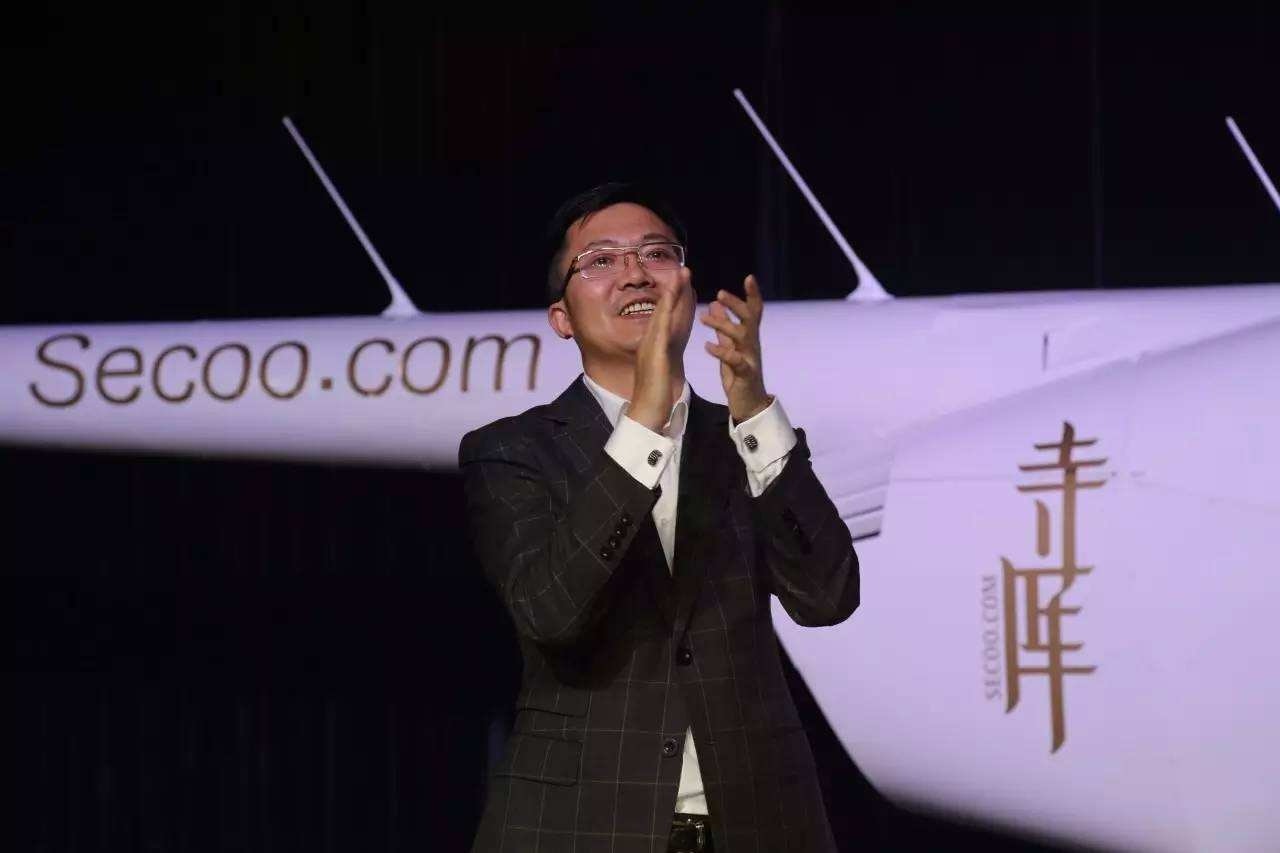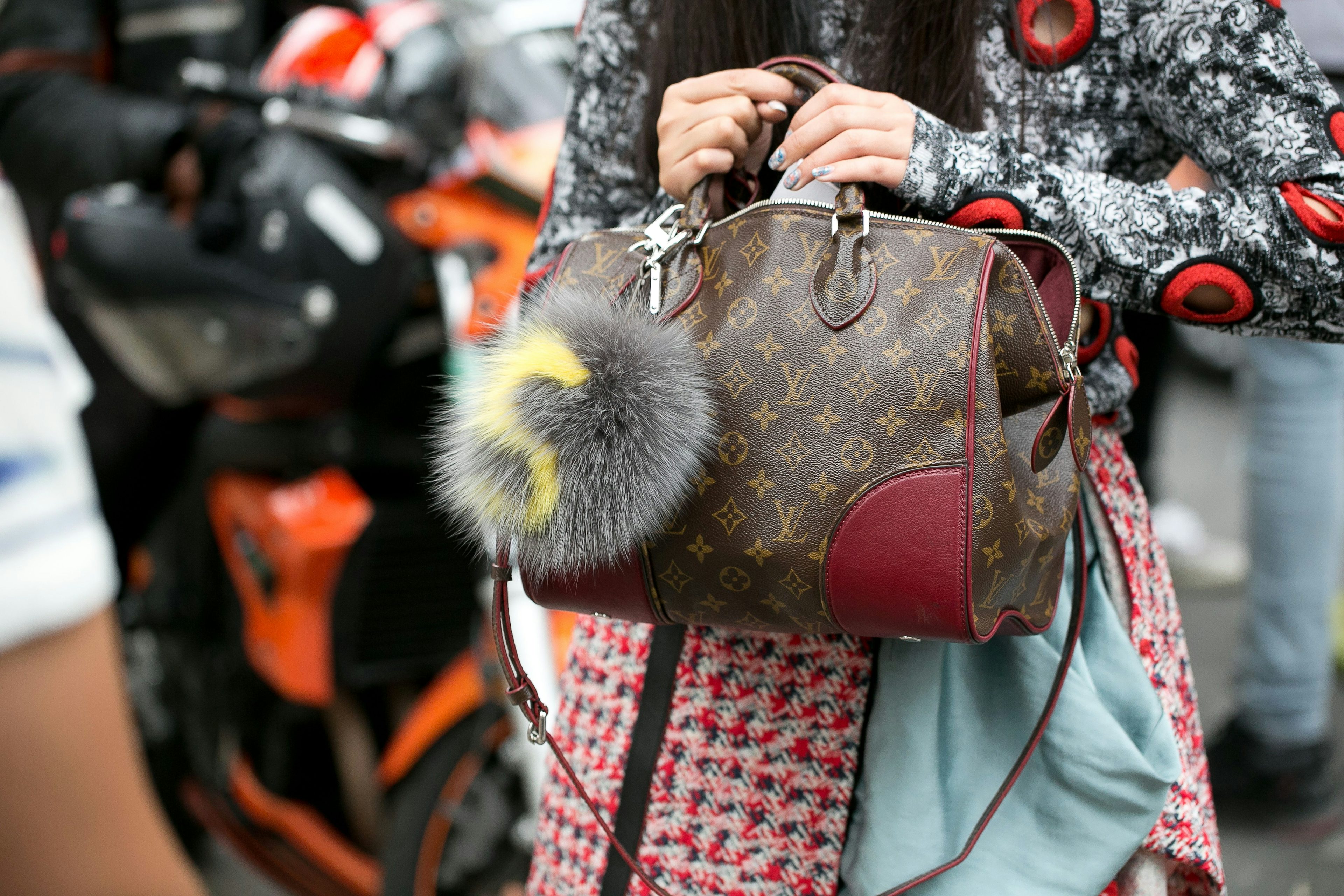A new report from Deloitte shows a surprising leader among China's luxury online shopping platforms. According to “China’s Luxury Online Consumption Report”, Secoo (寺库中国), a name unfamiliar even to many Chinese e-commerce fans, has grown to 25.3 percent market. They now have a much larger slice than Net-A-Porter, Alibaba’s Mei.com or JD.com’s Farfetch.
On November 16, Secoo (Nasdaq: SECO) released its financial data for the first time since going public in August. In the third quarter, it reported total net revenue of RMB 982.2 million (147.6 million), seeing a year-on-year increase of 42 percent. Net profit was RMB 34.1 million (5.1 million), representing a year-on-year increase of 902.9 percent. The boutique luxury e-tailer has attracted over 1.5 million active users and has achieved a Gross Merchandising Value of 1.946 trillion yuan (about 294.2 billion) in 2017.
Secoo has come a long way since Li Rixue (李日学) founded the company in 2008 as a platform dedicated to selling second-hand luxury goods.
Abandoning Second-hand Luxury#
Selling second-hand goods in China is hard, especially in the luxury market.
While many Chinese people covet luxury goods, few are willing to buy, for instance, a second-hand Hermes handbag. Older bags don't have the social cachet of new ones, and there's also the risk—especially pronounced in China—of mistakenly buying a knock-off.
Furthermore, China does not have an effective credit rating system, which second-hand businesses rely on. As a result, despite three years of effort and millions of dollars invested in appraisal services for luxury products, Secoo did not see any significant growth.
In 2012, half of Secoo’s trading volume still came from second-hand sales, but by 2015, around 95 percent came from new items. Success for Secoo has meant pivoting away from second-hand items, which are now only a minor section of the website.
More Than Watches and Bags#
While Patek Philippe watches and Chanel bags were once enough to satisfy Chinese luxury consumers, Li Rixue sees future growth coming from a new direction.
“We actually cut into the high-end boutique life by selling watches or bags, and attracted users to register as our members. Then through other valuable services or customized experiences, we retain them, which makes our business more competitive”, Li added.
In addition to traditional luxury products, such as bags, shoes, watches, and jewelry, Secoo now offers food, beverages, art, antiques, and activities, such as paragliding and tickets to fashion shows.
From Online to Offline (and Back)#
On November 16, Secoo announced its goal of establishing five offline experience centers, two high-end hotels, and a bunch of flagship stores. According to previous reports, the five offline experience centers will be in Tianjin, Qingdao, Changsha, Hangzhou and Xiamen, all tier-one cities in China. These centers will serve as exhibition spaces for new notions of luxury lifestyle, including AR and glasses that allow wearers to virtually try on new looks and actually order them on Secoo.
Additionally, Secoo is partnering with the Wyndham Hotel Group and the Country Garden Hotel Group to build up “Secoo’s Exclusive Suites”, high-end suites that are customized according to the shopping data of the user and aim to extend the luxury experience to offline accommodation. In the future, users will be able to pre-order the clothes they need on Secoo’s website, and Secoo will deliver them directly to hotel suites. Secoo says its aim is to “free luxury consumers from luggage.”
Going public is a major milestone for Secoo, but there are still challenges ahead, with Alibaba, for example, also throwing cash at the luxury opportunity.
Secoo is doing one thing to hold on to its early advantage: everything.
According to Li, “Secoo has been firmly adhering to one thing, which is to simultaneously develop an online and offline, domestic and international strategy and to provide our customers with better globalized, substantial and visualized high-end services.”



